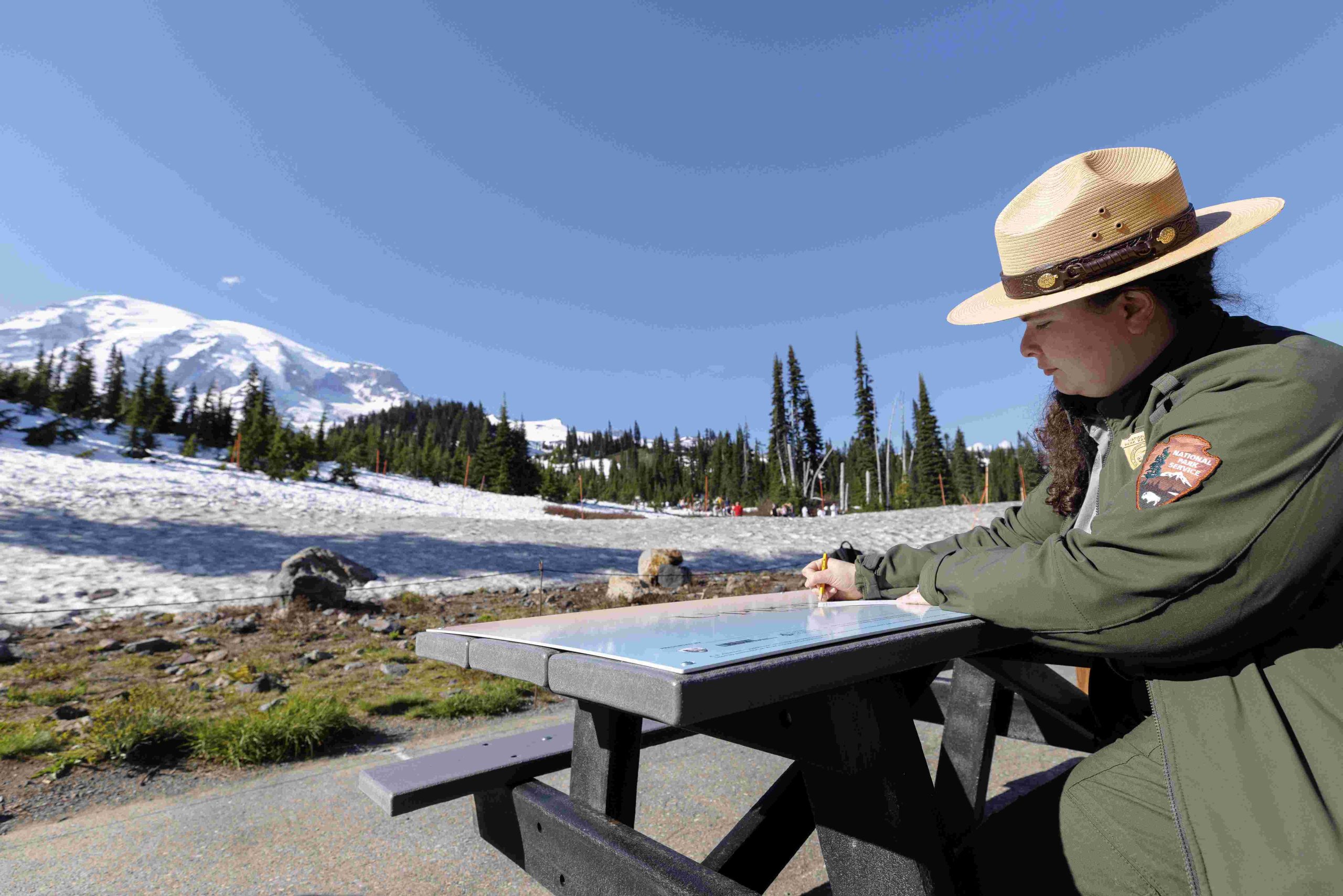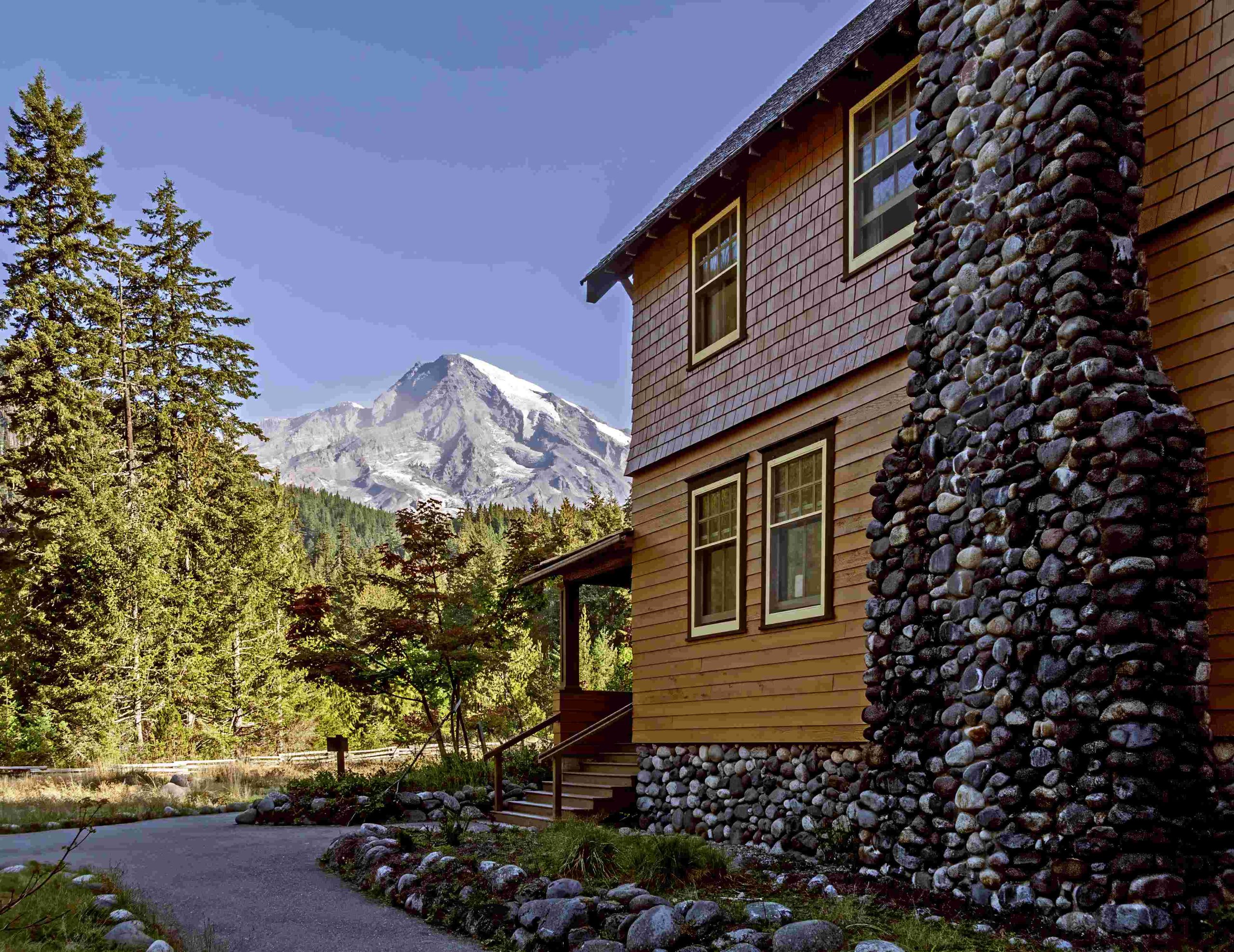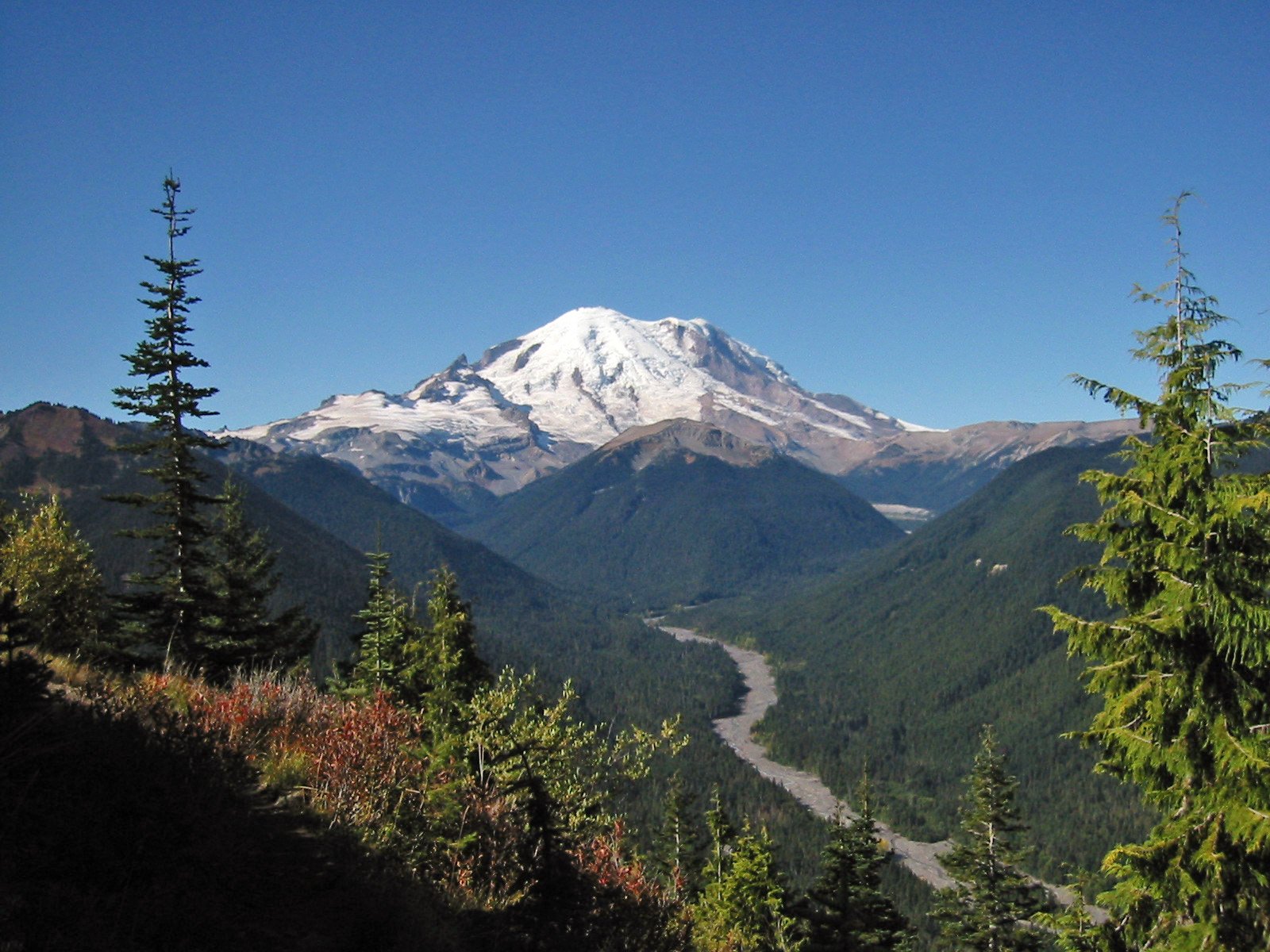Mount Rainier, an active stratovolcano and the most glaciated peak in the contiguous United States, offers a diverse range of experiences for travelers. From challenging hikes and scenic drives to wildlife viewing and winter sports, the national park surrounding this iconic mountain provides year-round adventures. This guide covers essential information for planning your Mount Rainier travel, including accommodation options, top hiking trails, seasonal activities, and crucial travel tips to ensure a memorable and safe visit.
What Are the Best Accommodation Options for Mount Rainier Travel?

When planning your Mount Rainier travel, choosing the right accommodation is crucial. The park offers a range of options to suit different preferences and budgets:
Lodges Within the Park
- Paradise Inn
- Location: Heart of Mount Rainier National Park
- Rooms: 121 guestrooms
- Amenities: Historic rooms, some with private bathrooms
- Season: Open from May 18 to September 30, 2024
- Check-in: 4:00 PM
- Check-out: 11:00 AM
-
Note: $2 per night voluntary donation to Washington’s National Park Fund
-
National Park Inn
- Location: Within the park
- Features: Convenient access to park attractions
- Operator: Rainier Guest Services
Campgrounds
- Cougar Rock Campground
- Reservation: Required 6 months in advance
- Location: Near Paradise
-
Access: Several trailheads nearby
-
White River Campground
- Reservation: First-come, first-served
- Location: Near Sunrise area
- Ideal for: Exploring the eastern side of the park
Which Are the Top Hiking Trails for Mount Rainier Travel?

Mount Rainier offers a variety of hiking trails suitable for different skill levels:
- Paradise Valley Trails
- Nisqually Vista Trail
- Length: 1.2-mile loop
- Difficulty: Easy
- Elevation gain: Minimal
- Paradise Valley Trail
- Length: 5.5-mile loop
- Difficulty: Moderate
- Elevation gain: About 1,000 feet
-
Features: Stunning views of Mount Rainier, summer wildflowers
-
Skyline Trail
- Length: 5.5-mile loop
- Difficulty: Moderate
- Elevation gain: About 1,700 feet
-
Features: Panoramic views, wildflowers
-
Tolmie Peak Trail
- Length: 7.2-mile out-and-back
- Difficulty: Moderate to difficult
- Elevation gain: About 1,700 feet
-
Features: Fire lookout, views of the mountain and surrounding lakes
-
Wonderland Trail
- Length: 93 miles
- Difficulty: Challenging
- Features: Circumnavigates Mount Rainier, multi-day hike
What Are the Essential Travel Tips for Mount Rainier?
To make the most of your Mount Rainier travel, consider these essential tips:
- Peak Visiting Times
- Summer months (June to September)
- Pros: Warmer weather, accessible trails
-
Cons: Busiest season, requires advance planning
-
Weather Preparedness
- Pack layered clothing
- Bring waterproof gear
-
Be ready for unpredictable conditions
-
Park Regulations
- Follow all rules and regulations
-
Obtain necessary permits for activities like wilderness camping
-
Parking Strategy
- Arrive early, especially during peak season
-
Be prepared for limited parking near popular trailheads
-
Safety Precautions
- Check weather forecasts and trail conditions
- Carry essential gear: maps, first aid kits, water
- Be aware of potential hazards: wildlife, steep terrain, weather changes
What Activities Are Available During Different Seasons at Mount Rainier?
Mount Rainier offers diverse activities throughout the year:
Summer (June to September)
- Hiking and backpacking
- Wildflower viewing
- Guided hikes and nature walks
Winter (December to March)
- Cross-country skiing
- Snowshoeing
- Winter camping
- Guided snowshoe walks
Spring (April to May) and Fall (September to November)
- Hiking on lower elevation trails
- Wildlife viewing (black bears, mountain goats)
- Less crowded, mild weather
Year-round Activities
- Ranger-led programs
- Educational events
- Special events (e.g., Mount Rainier Wildflower Festival in summer)
By following this guide, you can plan an unforgettable Mount Rainier travel experience, taking in the breathtaking beauty of this iconic peak while staying safe and respecting the natural environment.

